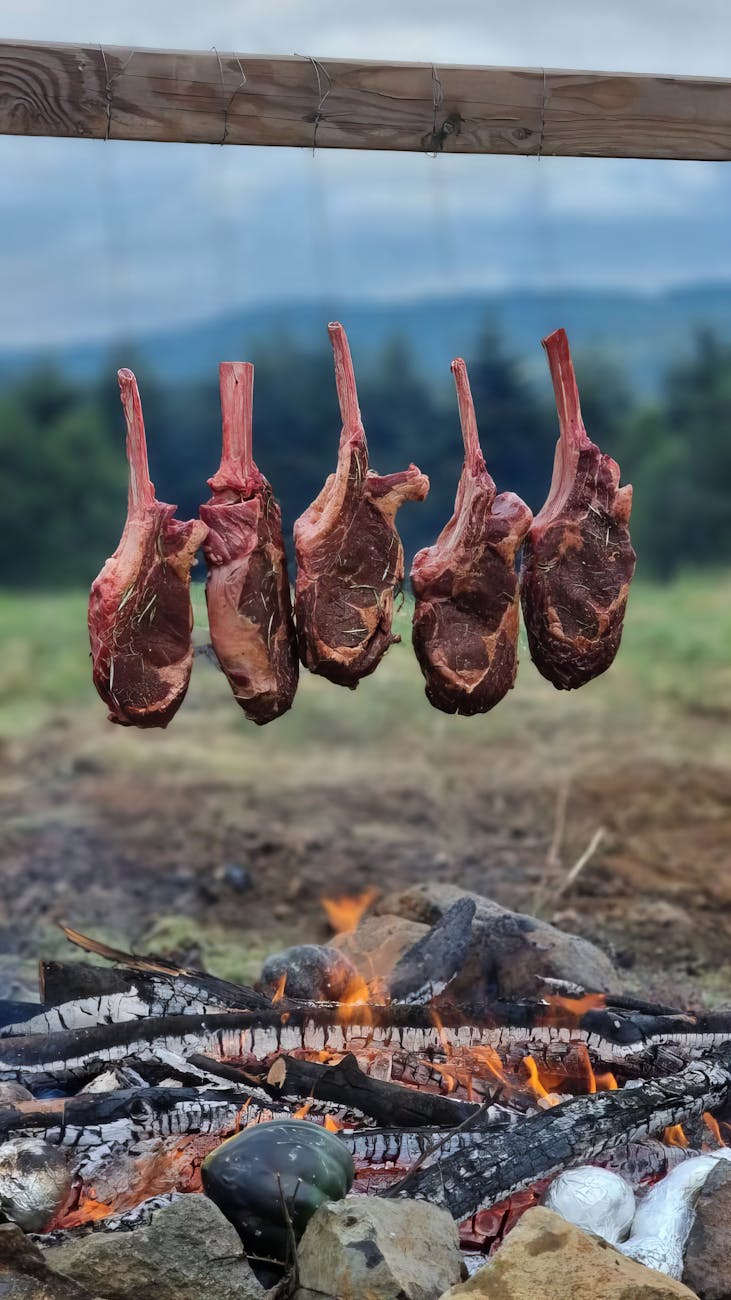Consumers across the nation are undoubtedly noticing a significant pinch at the grocery store, especially when it comes to their favorite cuts of beef. The price of U.S. beef has hit unprecedented levels, leaving many wondering about the forces at play. It’s not just one culprit, but a perfect storm of economic policy shifts, challenging environmental conditions, and livestock health concerns that are collectively pushing costs to new record highs, fundamentally reshaping the landscape of America’s meat market.
The Economic Currents Influencing Your Butcher Bill
Recent shifts in national economic policy have introduced a new layer of complexity and cost to various industries, with the beef sector being no exception. Strategic adjustments to trade policies, implemented over the past few years, have inadvertently created additional financial burdens throughout the intricate supply chain. These policy-driven costs inevitably cascade down, ultimately contributing to the elevated prices that consumers now encounter when purchasing beef. Understanding these broader economic currents is key to grasping why your grocery bill looks different.
Environmental Hurdles and Livestock Well-being
Beyond the realm of economic policy, the very foundations of beef production are currently contending with formidable natural obstacles. Extensive periods of drought in vital agricultural regions have severely impacted the availability of lush grazing lands and crucial feed supplies, significantly increasing the expenses associated with raising cattle. Concurrently, the industry is tirelessly working to manage persistent livestock health challenges, particularly the prevalence of certain parasitic infections. These twin pressures not only diminish the efficiency of herds but also exert immense strain on an already delicate supply chain, making the journey from farm to fork both more difficult and more costly for American beef.
Navigating the New Landscape of American Beef
While the current surge in U.S. beef prices undeniably presents a challenge for both dedicated producers and everyday consumers, a deeper understanding of these multifaceted influences is absolutely crucial. By recognizing the intricate interplay of economic strategies, environmental conditions, and animal health concerns, all stakeholders can become better equipped to navigate the complexities of the market. This awareness can foster greater resilience and adaptability within America’s vital beef industry, leading to more informed purchasing decisions for consumers in these evolving times.

Leave a Reply